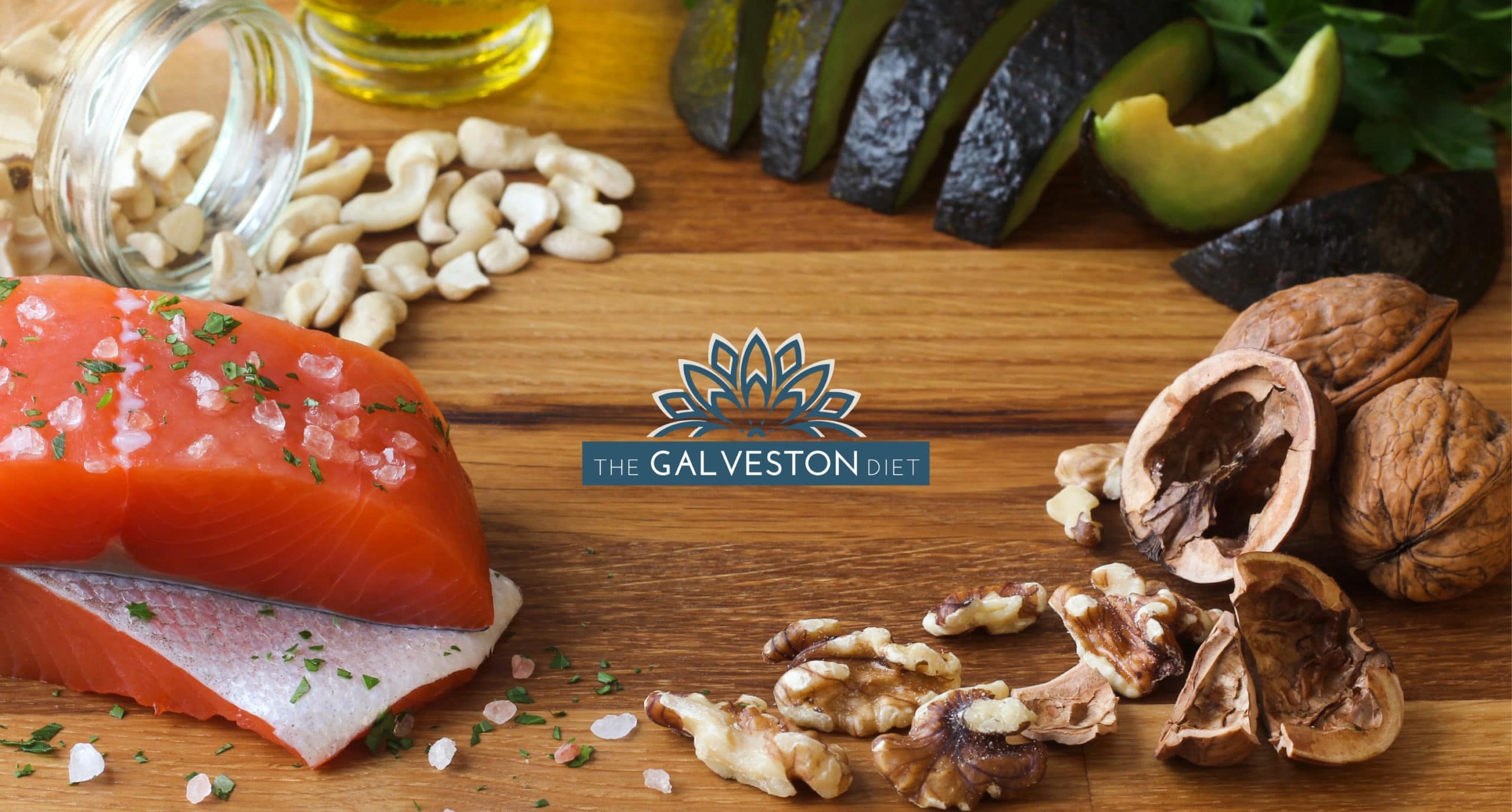Exercise Beyond Menopause – For Weight Loss and More
Many women, especially when entering or experiencing menopause, tend to put off exercise completely or transition to simply walk a couple of times a week over time. However, physical activity, including aerobic activity AND resistance training, becomes more and more important with age, not less. Below I will highlight 3 of the most prominent reasons exercise is absolutely essential in midlife and menopause…
1) Exercise Combats Changes in Body Composition
You may be thinking, or have falsely heard that changes in body composition in midlife are simply inevitable. That there is nothing, you can do to stop abdominal weight gain at this point. Well, I am here to tell you that this is simply not true. Are our bodies going through changes that promote the menopause “middle” in our belly? Yes. BUT – there are healthy habits and lifestyle changes we can make to combat this. Among other changes, physical activity has proven to be extremely important.
Regular exercise of any type has been proven to prevent weight gain, improve body composition (decrease of fat and increase muscle mass), and promote strength/functional capacity. It is important to note that high-intensity resistance training proved to be the most efficient to lower adiposity (belly fat) and increase lean muscle mass.
Research has shown that metabolic adaptations occur when one participates in regular physical activity due to the cumulative effects of gene responses. This causes functional, molecular adaptations (for example, improved mitochondrial function, metabolic regulation, and intracellular signaling, among other benefits) and remodeling in muscles. This may have been throwing a lot of science jargon at you, but the moral of the story is that regular exercise can change your genes and promote your overall health and wellness for the better. This is fabulous news for those of us approaching or going through midlife.
Summary of positive changes exercise has on body composition in midlife
- Prevents weight gain
- Increases lean body mass and reduces fat, which in turn improves overall body composition
- Promotes muscle strength and functional capacity

Blast Away Belly Fat!
2) Decrease the risk of cardiovascular disease
A routine of habitual physical activity decreases your risk of developing heart disease and improves your overall vascular functioning. Diastolic blood pressure was decreased, and vascular function was improved after consistent exercise training in a study of both pre and postmenopausal women. Additionally, a study done exclusively on postmenopausal women revealed that lipid profiles were dramatically improved after a consistent physical activity routine was implemented. Specifically, levels of total cholesterol, triglycerides, and LDL cholesterol were decreased while HDL cholesterol levels were increased. Additionally, glycemic control and insulin resistance were vastly improved. These metabolic benefits and cardiovascular improvements are incredibly advantageous in combatting the health complications that arise with age.
It is noteworthy to mention that a randomized controlled trial concluded that both aerobic and resistance training are needed to maximize these health effects – not simply light cardio (for example, occasional walking).
Summary of positive changes exercise has on cardiovascular health in midlife…
- Decreases risk factors of developing cardiovascular disease
- Reduces blood pressure, total cholesterol, triglycerides, and LDL cholesterol
- Improves vascular functioning, glycemic control, and insulin resistance
3) Improve Bone Mass
The final benefit of physical activity to discuss for women, specifically navigating midlife, is an improvement of bone mass. As we age, the risk and prevalence of bone fractures increase dramatically. Women naturally and inevitably lose bone mass with age, but there are ways to slow this process significantly. The most effective way is via resistance training.
Although aerobic exercises, most commonly walking, are the preferred method of exercise as women age, they are the most limited in terms of preserving bone health. There is not enough mechanical stress or loading on the skeleton with this form of physical activity. As a result, biochemical signals that induce osteogenesis, and subsequently improve bone density, are not translated. Therefore, high intensity, resistance exercise is key.
Summary of positive changes exercise has on bone health in midlife…
- Increased bone mass
- Decreased risk for fractures with age
These are three of the most relevant benefits exercise has with age, specifically for women in the menopause transitional period. I would also like to add that although physical activity is extremely advantageous to your health, it is not the “end all be all” in regards to aging well. Nutrition plays a significant role, and it would be wrong to assume otherwise. The Galveston Diet Signature Program uses an anti-inflammatory approach to nutrition to promote fat loss and healthy aging.






